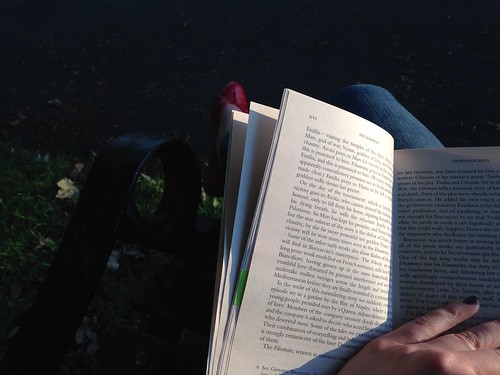Don’t let the Elena Ferrante frenzy fool you: Italians are voracious image consumers. This isn’t a product of television or the Internet or of poor journalism. The Italian penchant for visual media has a long history with diverse products that demonstrate a unique interpretation of popular culture. My favorite product? The 1950s picture magazine.
During the years following World War II, Italians devoured magazines that adapted Hollywood films into serialized photo montages. The comic-style stories featured Italian actors chosen for their resemblance to American stars. People who couldn’t afford to see the latest release at the cinema, could buy the adaption instead and spend hours perusing the annotated screenshots and speech bubbles. Italian picture magazines weren’t a limited phenomenon of cheap entertainment, but a clever way for media to appropriate the symbolize of modern, American culture.
Grand Hotel was one of the most loved of these fotoromanzi, picture novels. Each week Italian women — and men, if we believe the letters that published in the front — indulged in a new chapter of a popular story. Similar to how television cut cinematic plots into pieces for private viewing, Grand Hotel extended a movie’s lifespan to several weeks and prized the role of personal fantasy. Rather than watching a screen with a group in a dark room, the fotoromanzo lets the reader meanders through the story at their own pace, focusing on the panels, styles, and quotes that stoke their imagination. The picture novel promises personal escape.
Grand Hotel continues to be published, but as a tabloid, having lost film adaptions in the 1970s and reduced picture-stories in the 1960s. While tabloids could be seen as the contemporary equivalent of the Hollywood-inspired cineromanzi — they both scrutinize celebrity — the original Grand Hotel presented fame as a story rather than as an aspiration. Tabloids display celebrities’ daily lives. Fotoromanzi presented celebrity in stories. If film stars once seemed as untouchable as actual stars, Western society’s increased wealth renders stardom’s cars, clothing, and cash more accessible. Today celebrities must be perfect people as well as perfect characters because they reflect contemporary goals. All Grand Hotel stars had to do was fuel fantasy.
The need for fantasy endures. And Italian readers — perhaps having been brought up in a culture where it’s not strange to see an adult reading a comic in public — seem to crave them more than most. Although photo-driven periodicals such as Life and Picture Post appeared in the US and UK during this era, the range of options and continued popularity of image-heavy publications in Italy remains unique. From Topolino (Mickey Mouse comics generated as a franchise within the country) to Diabolik (a detective comic for adults), illustrated magazines are sold at every edicola, or news kiosk. Italy’s post-war picture press speaks to a certain style of imagination that epitomized an epoch, but also extends throughout the country, demonstrating a desire to immerse oneself into a visual fantasy on a personal level.


